With the new Terrafugia TF-X scheduled to launch in 2021, we remember seeing the firm's first flying car model, the Transition.
Take the high road - the Terrafugia Transition
This article first appeared in Autocar on 18 April 2012
What you’re looking at is not a piece of existential origami but just possibly the answer to a question almost 100 years in the asking. Flying cars were theorised as long ago as 1918 and were hopping, skipping, jumping and quite often crashing long before the start of World War Two.
But while many have been designed and quite a few built, the wait for a commercially successful ‘caroplane’ has continued. But now, if five Massachussetts Institute of Technology graduates have their way, that may all be about to change.
It’s called the Terrafugia Transition and its creator and CEO, Carl Dietrich, plans to make them at a rate of “a few hundred a year”. Which is easy enough to say, but his words are backed by over 100 orders for a £175,000 machine that, as I write the day after the first production prototype was unveiled at the New York motor show, has completed a grand total of one flight.
At the controls that day was Phil Meteer, a retired USAF pilot with over 3000 hours at the sticks of craft such as the F-16 fighter and A-10 Tankbuster. Despite what must seem like stepping down from Formula 1 to a kart, he is evangelical on his subject. “Any pilot can fly it, any driver can drive it,” he says. “You can land, fold up the wings in less than a minute and drive it out onto the road, all without getting out of the car. Or plane.”
The project has taken seven years to create a functioning prototype, although a proof of concept craft was created in 2009, and Meteer managed to fly it 28 times without any incident. The new ‘roadable airplane’, as the chaps at Terrafugia like to describe it, will now embark on an intensive programme of between 75 and 100 test and certification flights and, if all of this goes to plan, customer Transitions will start to be built next year.
What they will be buying is as remarkable as it looks. Meteer: “The reason flying cars, or road-going airplanes, have failed in the past is that by the time you’ve packaged all you need for both environments, the result is too big, heavy and impractical to work. But by using materials such as carbonfibre and titanium we have got the dry weight down to under 1000lb (446kg).”
The machine is essentially a carbonfibre structure clothed in carbon and glassfibre panels. Power comes from a 1.3-litre Rotax flat four motor developing 100bhp – enough, apparently, to push the Transition through the air at a cruising speed of around 100mph, providing a range of almost 500 miles. Drive to the prop is achieved direct from the engine through a simple reduction gear to lower prop speed from the engine’s 5800rpm to a more manageable 2300rpm.










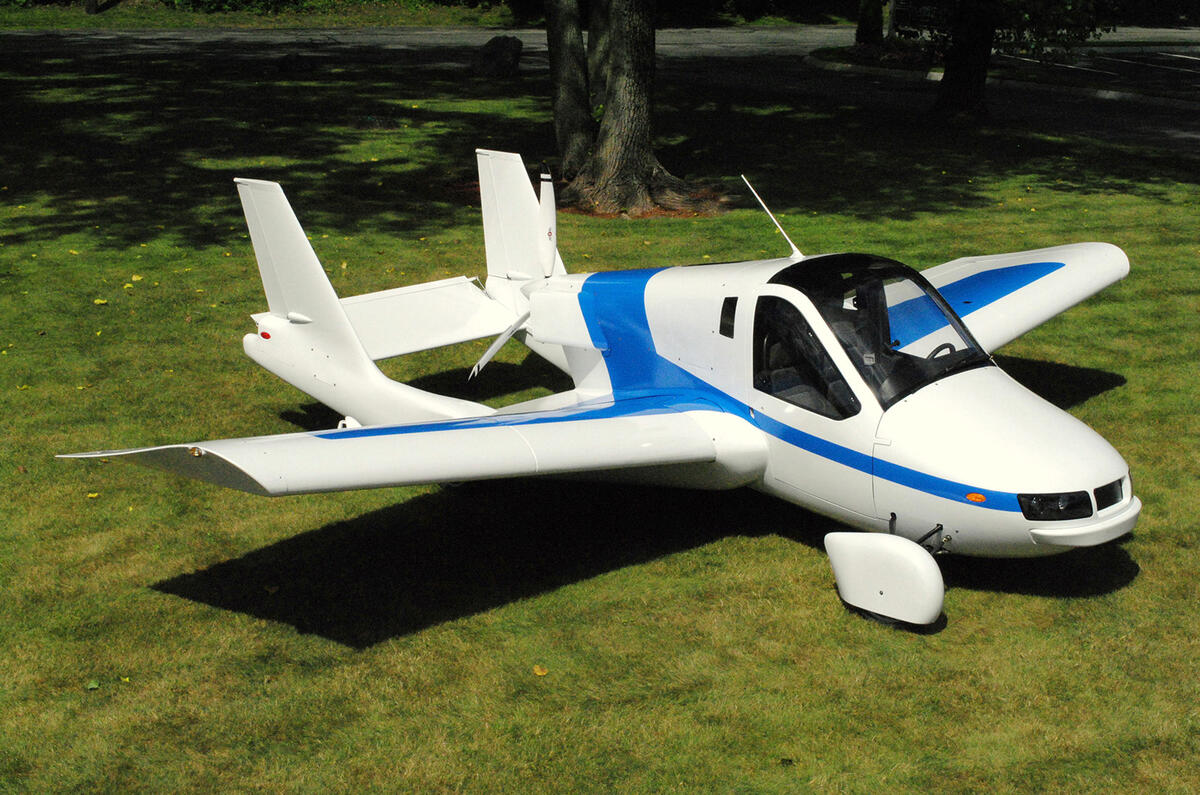








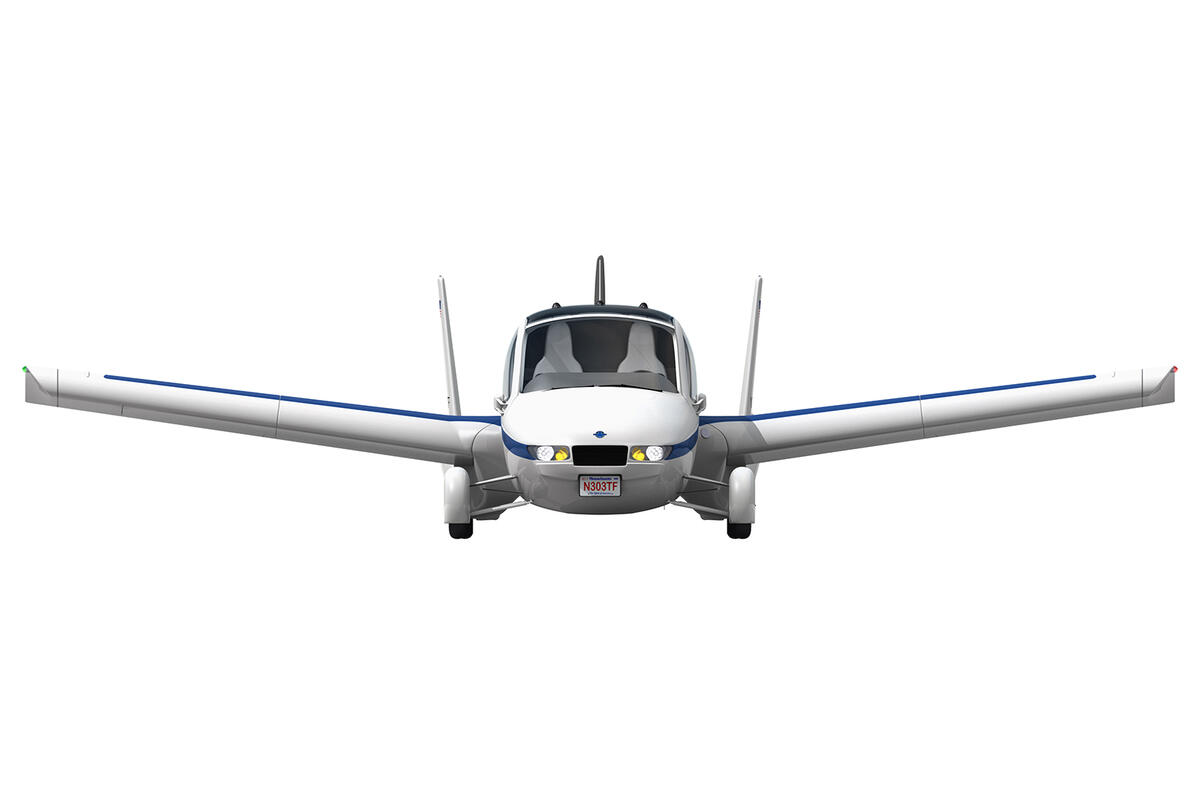






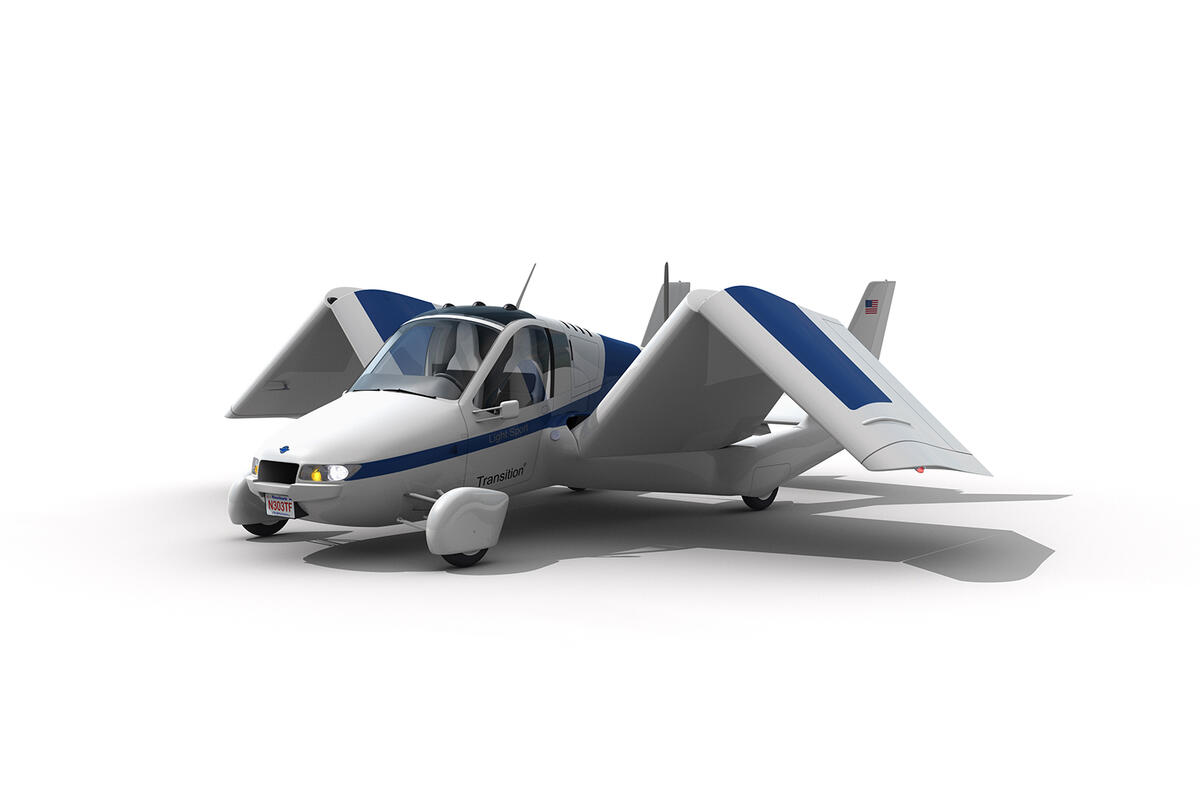







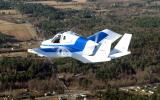
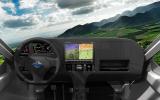













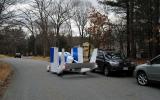
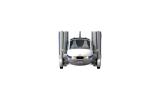
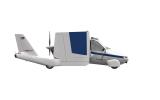



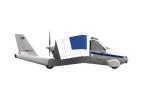
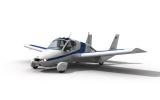












Add your comment